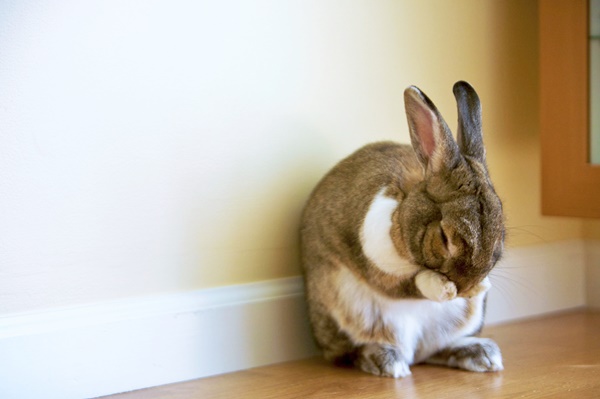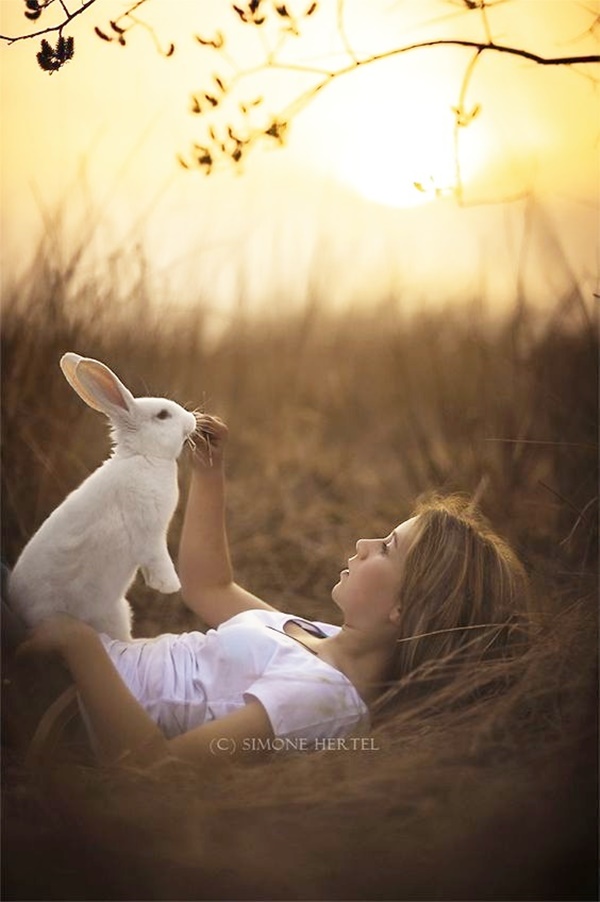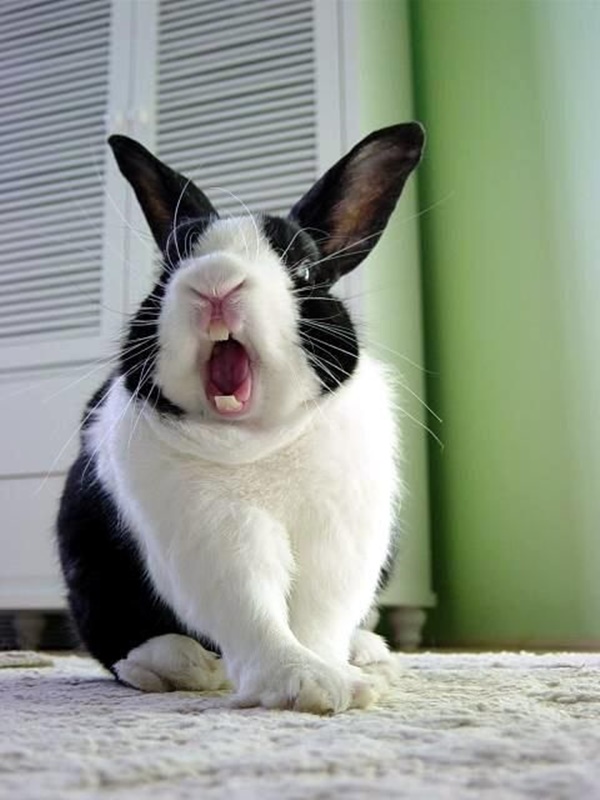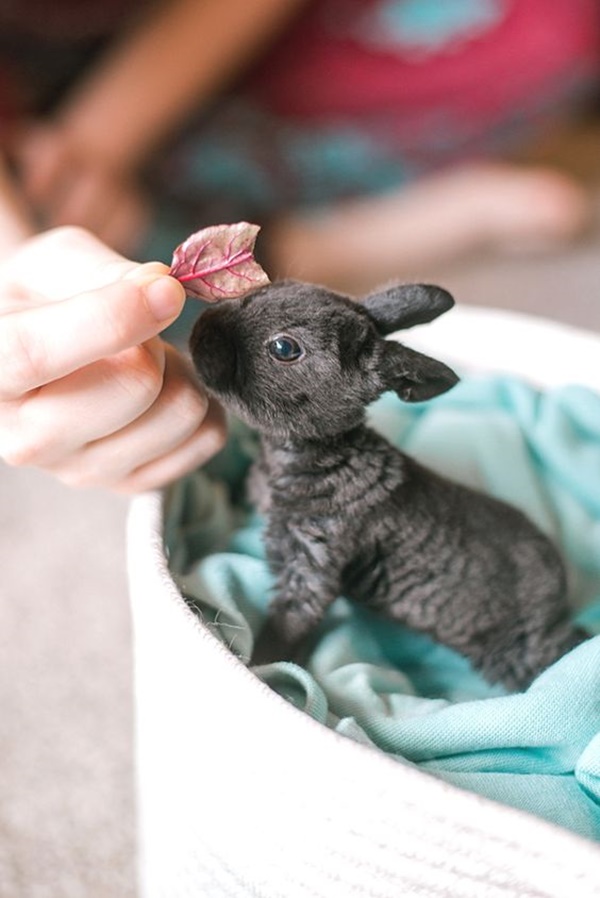Accept it! You always wanted to have a cute little pet to play and cuddle with and while some of you must have got one, some must be prepping up to get one. Cats and dogs are the most common “pets” people adopt but some people as you have a thing for floppy eared, furry and tiny pets- the rabbits! If you are planning to adopt a rabbit it or if you already have one, it is essential that you learn to understand your rabbit’s behavior and the signs it shows to get what is cooking up in that little ball of fur’s mind. Lagomorphs portray a list of behavioral signs and actions that would help you to determine its emotions. While it is not that difficult to understand their signs, you, however, would need a basic guideline for that. So here, we are to help you up with it by educating you on How to Understand your Rabbit Behavior and Sign.
You may be surprised to know that there are approximately 30+ species of rabbits that can be found. However, not all of them can be tamed or adopted as pets. Rabbits are often considered to be same as hares, but they are quite different and it is important to know about these Most Common Causes of Sudden Death in Rabbits before you think of bringing one home.

How to Understand your Rabbit Behavior and Sign
INTERPRET THEIR BEHAVIOR WITH THE SOUNDS YOUR LAGOMORPH MAKES
What Are The Rabbit’s Happy Sounds And Behavior
- Clucking sound and Licking – Clucking sound is a satisfactory sound and often rabbits make it when they are content with what they are having at that moment.
- The purring sound from teeth – When you gently stroke your rabbit with love, they make the gentle teeth grinding sounds because they can feel your love and warmth by your stroke. Often people mistake this sound to a danger sound but the fact is exactly opposite of it. These low grinds are also called as teeth purring or purring sound from the teeth. However, it should not be mistaken to the purrs of a cat as cats make this sound from their throat.
- Low-pitched squeals and Flopping – Although high-pitched squeals are a sign of distress in rabbits or any other animal, low pitched squeal, ones that only you are able to hear while petting it, are a sign of contentment and you can then leave the rabbit to do its business.
- Grunts with Jumping and Running – If you find your rabbit making such a noise, it’s time that you take it to mate and reproduce. This sound can be considered as a good sound or a bad sound conditionally. If it has been doing it for a long time and you haven’t given it what it needs then this could lead the rabbit behaving aggressively.
What Are The Rabbit’s Unhappy Sounds Or Danger Signals
- Snorting-Growling- Biting – This sound is the beginning of the danger signal, which occurs before growling. You can easily calm your rabbit in this stage or it would eventually get worse and aggressive. Growling is the next step for the rabbit that can lead to a dangerous action of lunging and biting. Usually, rabbits make this sound when they feel that something or even you are a threat to them.
- Screaming – The ear-splitting screams of a rabbit are a complete indication of it being annoyed, irritated or aggressive. This may happen if the rabbit is feeling uncomfortable in the environment and the place where it is at present or due to some other reasons.
- Loud grinding of teeth – There’s a huge difference between low grinding and loud grinding of teeth, which is often mistaken. You need to understand whether the grind is low or high as loud grinding of teeth means that your rabbit is not feeling well and need to see a doctor.
Here we have some Laughable Pictures of House Full of Pets.
UNDERSTAND THE SIGNS IT PORTRAYS
Happy Rabbits Signs
- Playful signs – If your rabbit is giving you signals that it wants to play around with you then it is considered as the signs of a happy rabbit.
- Tail twitching – A rabbit twitches its tail when it gets excited about seeing a new companion, you or perhaps a new toy that you’ve got for it.
Aggressive Signs Of Rabbits
- Lunging – Although this looks cute if your rabbit is lunging, it may be just prepping up to attack. This sign is further followed by biting and is a result of the rabbit feeling annoyed or frightened.
- Nudging with their nose – This is the ultimate sign of “get off from my territory” and rabbits get very serious if you deny leaving them by themselves after they have nudged you.
- Showing you its backend – If your rabbit is showing you its backend then it is highly disappointed in you. Figure out what you have done wrong. Maybe you did not give them their favorite stuff, food or have been ignoring them for a long time.
Bonus Tips – How To Handle An Aggressive Rabbit
- Provide the rabbit some places that he can claim as its “do not disturb” spots. This will help it calm down if he is irritated with too much of beings around.
- Do not handle an aggressive rabbit, especially if it is nudging, kicking or trying to bite you. It annoys to rabbit further and spikes its aggression.
- Do not leave your rabbit alone for a long time as it hikes its aggression and anxiety. Try adopting rabbits in pairs so that they have a companion all the time.
- Do not invade its personal space bubble all of a sudden. This is a behavior that you should avoid doing with any other animal as well. Let the pet get into having your habit gradually.
All living beings have specific characteristics that they possess and evolve with time to survive on this planet and this differentiation is one of it. In scientific terms, this process is called thermoregulation and to know more about it check out these Difference Between the Cold-blooded and Warm Blooded Animals.
There are numerous ways your little companion communicates with you and you studied How to Understand your Rabbit Behavior and Sign, it is just that you practice it and build up a good emotional bonding. Every captive rabbit has a special way of communicating with its human and it just wants to be understood by its master. If your rabbit is showing signs of aggression, it may be because of its DNA and you should get it neutered by a veterinary doctor.




